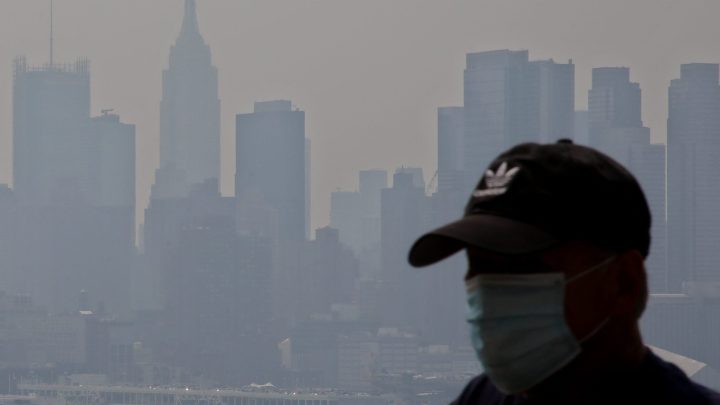
Climate change effects likely to include long-term inflation
Climate change effects likely to include long-term inflation

Two reports out Tuesday provide insight into where inflation might be headed. The first was, of course, the consumer price index from the Bureau of Labor Statistics, which showed that inflation continued to come down last month.
The second one, the Fifth National Climate Assessment, takes a longer view. This huge report outlines the dangers of, and solutions to, climate change.
Among other things, it makes the point that climate change will impact household budgets by raising medical costs, food prices, insurance premiums and the cost of repairing and replacing homes and other assets damaged by more frequent disasters.
That could be a recipe for long-term inflation.
Climate change is going to cost us, said Kenneth Gillingham, a professor of environmental and energy economics at Yale. It’s will create what he called an upward force on prices in many sectors. Some will affect us over the long term, but we’re already feeling them now. For example, air pollution and hotter temperatures.
“You’re more likely to have, say, ground-level ozone, which will lead to asthma cases and hospital admissions,” Gillingham said.
That could inflate health care costs, he said. But one way to mitigate it is building homes to keep out damaging things like wildfire smoke. Ace McArleton is doing this in Vermont, where he leads a sustainable building company called New Frameworks.
“An airtight building where you have controlled ventilation that is filtered can really be a big difference for people’s health,” McArleton said.
But that approach comes with costs too. McArleton uses natural materials like wood fiber to insulate homes he builds. Compared to foam insulation, it’s “a little bit more expensive, but getting more and more competitive every day,” McArleton said.
At this point, adapting to climate change has unavoidable costs, said Gernot Wagner, a climate economist at Columbia Business School.
“And that leads to ‘climate-flation.’ That leads to price increases,” Wagner said.
But Wagner, like many experts, feels we’re not doing nearly enough to address climate change itself.
“Which by extension means, yes, there is plenty more hurt, plenty more costs built in unless we do much, much more,” Wagner said.
In Vermont, McArleton’s customers seem to understand this. The homebuilder said he used to hear from people who were worried about high costs of green building. Not anymore.
“It actually tells me that something profound has shifted, where we’re not actually in the world anymore of saying, ‘Green building is a premium that you just can’t afford,'” McArleton said.
Now, he said, we can’t afford to go without it — even if it means spending more now to save later.
There’s a lot happening in the world. Through it all, Marketplace is here for you.
You rely on Marketplace to break down the world’s events and tell you how it affects you in a fact-based, approachable way. We rely on your financial support to keep making that possible.
Your donation today powers the independent journalism that you rely on. For just $5/month, you can help sustain Marketplace so we can keep reporting on the things that matter to you.












